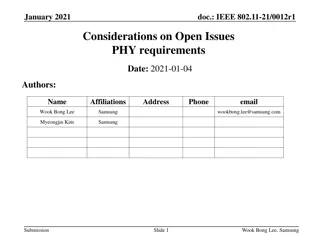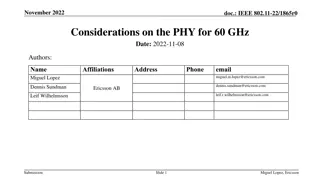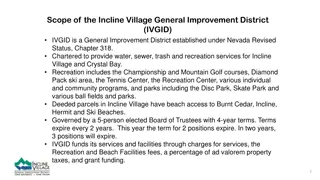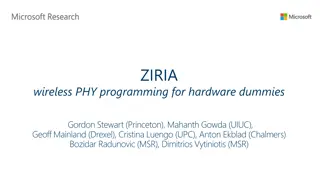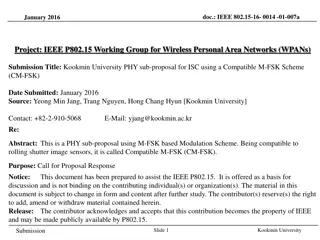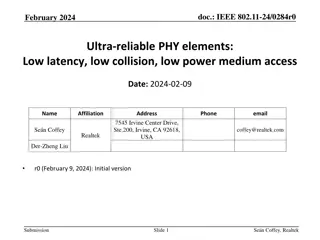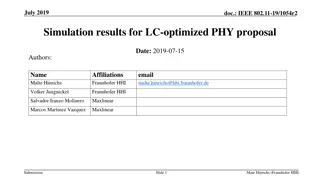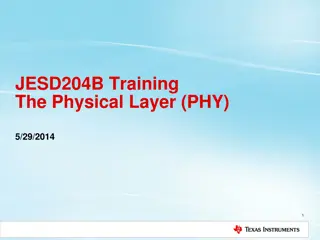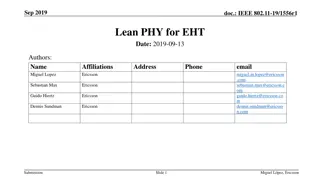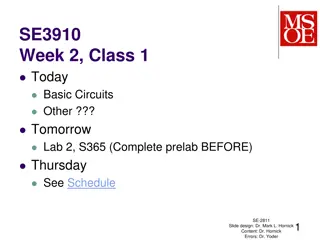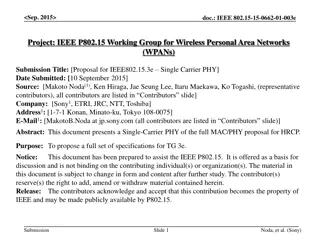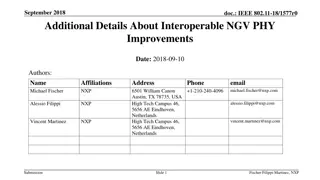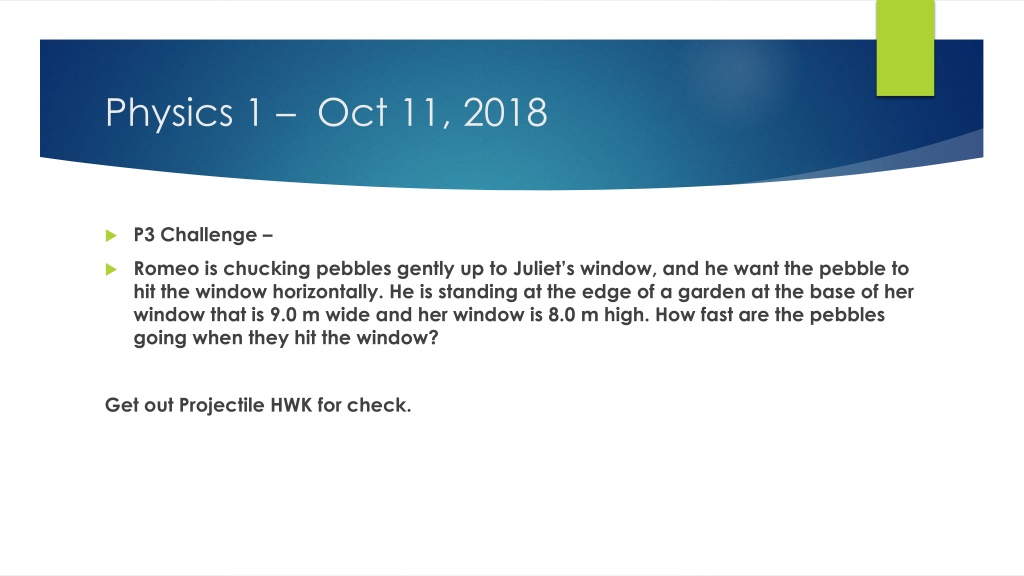
Projectile Motion Experiment: Pebbles and Window
"Explore the concept of projectile motion through Romeo chucking pebbles to Juliet's window. Calculate the speed of the pebbles upon hitting the window. Dive into the lab on motion on an incline to determine free-fall acceleration."
Download Presentation

Please find below an Image/Link to download the presentation.
The content on the website is provided AS IS for your information and personal use only. It may not be sold, licensed, or shared on other websites without obtaining consent from the author. If you encounter any issues during the download, it is possible that the publisher has removed the file from their server.
You are allowed to download the files provided on this website for personal or commercial use, subject to the condition that they are used lawfully. All files are the property of their respective owners.
The content on the website is provided AS IS for your information and personal use only. It may not be sold, licensed, or shared on other websites without obtaining consent from the author.
E N D
Presentation Transcript
Physics 1 Oct 11, 2018 P3 Challenge Romeo is chucking pebbles gently up to Juliet s window, and he want the pebble to hit the window horizontally. He is standing at the edge of a garden at the base of her window that is 9.0 m wide and her window is 8.0 m high. How fast are the pebbles going when they hit the window? Get out Projectile HWK for check.
Objectives, Agenda, Assignment IB 2.1 Motion (in 2D) Projectile Motion Motion on an incline Agenda Range Equation time with last two problems Homework review on white boards with groups Lab 1: Acceleration on an incline information General IB Lab Report Format Assignment: Prepare your procedure and data table for the lab next time Begin writing your lab report.
Range Equation IF you have a complete level trajectory, you can determine the relationship between the range and the launch angle from the Range equation. ? =?? ???? ?? Notice that the maximum range will be obtained when the launch angle is 45 degrees. For any range less than the maximum, there will be two possible launch angles resulting in a high and low trajectory. Ex: At what possible angles does a punt kicker need to launch a football from his foot at the ground to reach a receiver diving for it at the ground at 18.0 meters away if his kick generates an initial ball speed of 13.5 m/s?
Motion on an incline lab. Overview Motion on an incline could be treated as 1D motion or 2D motion. If you use the incline as the frame of reference, you can consider it 1D and measure a cart s acceleration. 90 - g cos = a If you use a traditional Up-down-left-right frame of reference, it is 2D. g In the 2D form, we can resolve the motion of an object on an incline into two useful directions other than the usual x and y. Namely, the parts of the motion that are parallel to the incline and which are perpendicular to the incline. g sin = a
Motion on an incline lab. For the lab, you will use a cart rolling down an incline to asses the value of g = the acceleration of freefall. This task is the first of the required labs for IB and must be completed with a lab report based off of the IB General Lab Format. 2.1 Determining the acceleration of free-fall experimentally is the official task. There are many ways to do this. We are going to do it using an incline.
General Lab Format 1. Aims 2. Methods and Tools 3. Data Collection 4. Data Processing and Presentation 5. Conclusion and Evaluation For effective communication with IB, your reports should include each of these sections, indicated with subheadings. Use two dates: the date the experiment was done, and the date the report was written/submitted. Reports are due one week after lab work is completed. Reports submitted after 1 week will be late.
Variables Independent Variables: Those that you choose to vary in a systematic way. Determine how many different levels of an IV will you use. How many trials will you perform at each IV level? Minimum = 3. Convenient = 5 to 10. Statistically sound = 30. Control. A level of the IV when the IV is not present. Sometimes only a thought exercise, but measure if you can. Dependent Variables: Those that you measure as a consequence of some action. Control Variables: Variables that could effect the measurement of your DV. Keep these variables constant for all trials. Often the values of control variables will be used in calculations.
Data Tables When designing your data table, consider the procedure you will use and visualize what measurements you will need to record. ONLY PHYSICAL MEASUREMENTS THAT YOU MAKE DURING LAB SHOULD BE LISTED IN A DATA TABLE!!!! Often it is useful to create a table to collect repetitive calculations that need to be done, too. These calculation tables belong in the data processing section, NOT the Data Collection section.
Motion on an incline lab. Feel free to work with the sample setup to determine how best to proceed. What other materials will you need? Perhaps do a trial run.
Exit Slip - Assignment Exit Slip Clean up white boards and put away. What s Due? (Pending assignments to complete.) Prepare your procedure and data table for the lab next time Begin writing your lab report. What s Next? (How to prepare for the next day) Time for the Acceleration on an incline lab.




